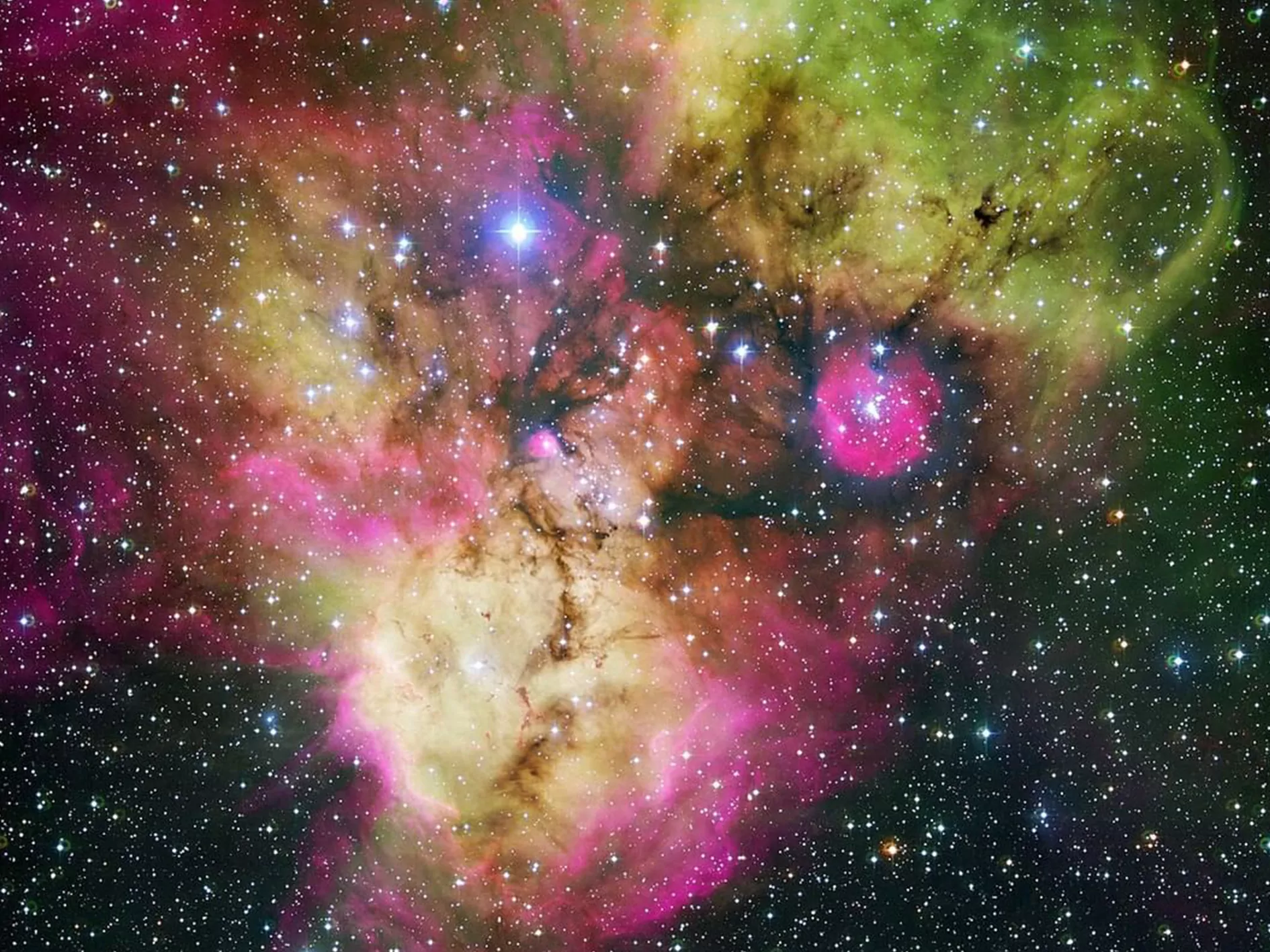Hygeia is the fourth largest object in the asteroid belt after Ceres, Vesta and Pallas. Recently it was discovered that the asteroid has a spherical shape, which means that there is every chance of getting the status of a dwarf planet of the Solar System.
It orbits the Sun, is not a satellite of the planet, has not cleared the vicinity of its orbit from other objects, and now it has become known that this object has such a mass that its own gravity has changed its shape to spherical.
The diameter of the Gigaea turned out to be slightly more than 430 kilometers. This is more than half the size of Ceres, so Hygeia may also become the smallest dwarf planet.
Probably, the Hygeia appeared as a result of a large frontal collision of celestial bodies with a diameter of 75 to 150 kilometers. After the remaining fragments had undergone many collisions with each other, they gave Gigaea its round shape, and also created thousands of asteroids around it.
